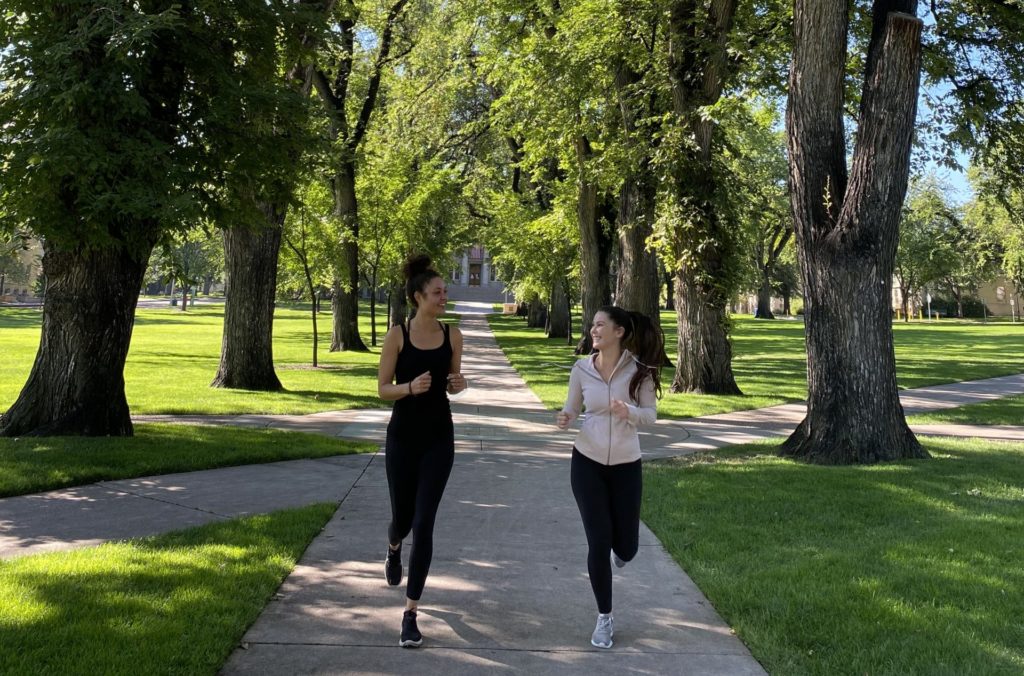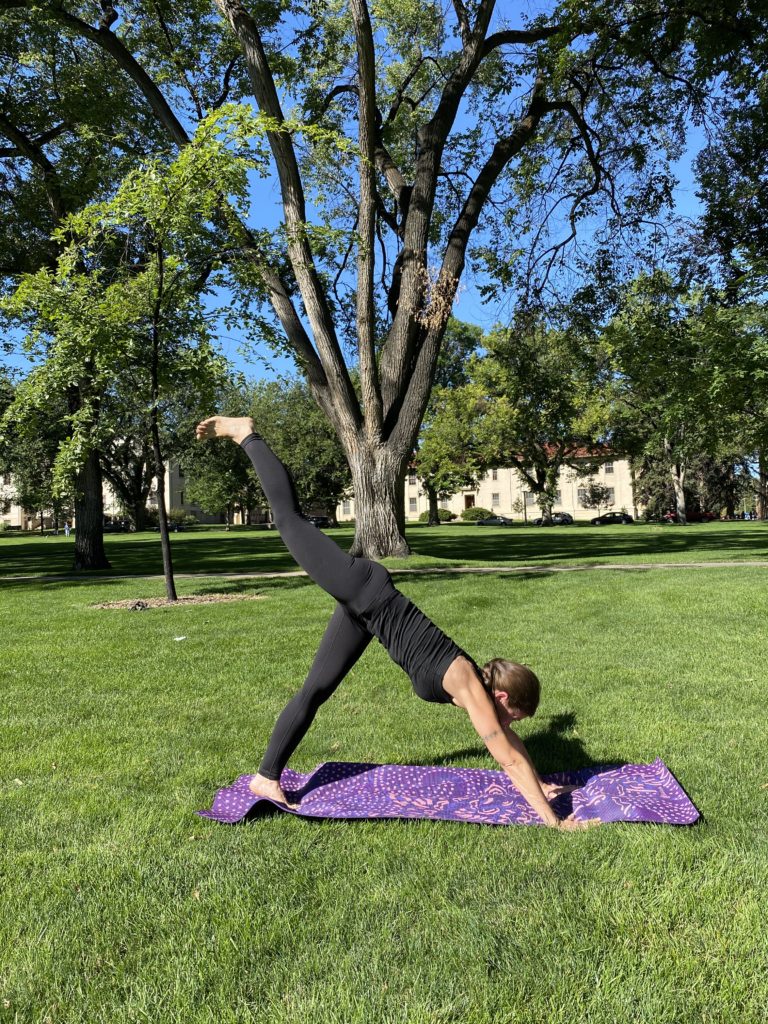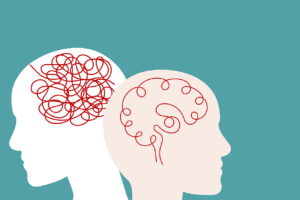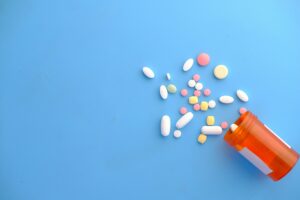
Inflammaging: The side effect of age you haven’t heard of
Inflammaging: A key culprit?
What?! I need reading glasses?
Sensory decline, especially in vision and hearing, is a change we tend to anticipate with advancing age, along with more aches and pains and perhaps a generally slower pace. With age also comes a more insidious change: an increased risk of developing chronic conditions, such as type 2 diabetes mellitus, cardiovascular disease, cognitive decline, and cancer. In fact, studies have shown that in the United States, about 80% of adults over the age of 65 have at least one chronic disease and 50% have at least two chronic diseases (Fontana, 2009). An increasing burden of chronic diseases with advancing age is not unexpected, because age itself is the driving risk factor for most chronic diseases.
Aging is a complex process, and research suggests that inflammation may be a strong contributor to the progression of many age-related chronic diseases (Frasca 2015). The subtle but chronic low-grade inflammation that is characteristic of increasing age is what scientists fittingly call “inflammaging” (Franceschi 2000).
In recent years, research indicates that through the implementation of healthy lifestyle interventions, the progression of many chronic diseases can be slowed or even reversed. Scientists are honing in on the role of inflammation in the aging process and are gaining new insights into how exercise may be an effective strategy to mitigate the effects of inflammaging (Frasca 2015).
How is age related to inflammation?
It is important to understand both the positive and negative effects of inflammation. In some cases, inflammation has beneficial properties. The ability to launch an acute inflammatory response is critical for various reasons, such as healing after an injury or fighting off viruses and bacteria. Generally, this beneficial acute inflammatory response is strongest in your younger years and decreases with age. Children, adolescents, and younger adults maintain a necessary balance of pro-inflammatory and anti-inflammatory factors to be able to mount an appropriate immune response. As we age, however, the amount of pro-inflammatory factors begins to overtake the anti-inflammatory factors, causing a tip in the balance. When there is chronic, excessive inflammation, the response becomes harmful (Xia 2016), increasing the likelihood of experiencing detrimental consequences such as chronic disease and disability (Lavin 2019). The harmful effects of inflammation can be minimized by implementing small changes to your daily life.
The Power of Exercise
Advances in aging research are revealing exciting findings about the power of exercise in decreasing the risk of age-related chronic diseases. In a recent study, researchers assessed the ability of exercise to delay or reduce the onset of age-associated chronic inflammation or inflammaging. They found that when older adults maintained a regular exercise regimen throughout the course of their lives, they had a better likelihood of preventing or delaying inflammaging. The study suggests that exercise can serve as a natural anti-inflammatory agent and may partially protect against age-associated inflammation.

In addition, scientists are finding that it is never too late to adopt an active lifestyle to reduce the effects of inflammaging. For example, a 2005 study found that just ten to twelve weeks of moderate exercise lowered inflammatory markers in previously sedentary older adults. The research suggests that “an awareness of the impact a sedentary lifestyle has on aging provides a new perspective that can lead to refined anti-inflammatory interventions strategically modified across the lifespan” (Flynn, 2019). Overall, these findings contribute to growing evidence that exercise serves as a powerful strategy to prevent the effects of inflammaging and ultimately, improve our quality of life as we age (Lavin, 2019).
Let’s Get Moving!
Luckily, you don’t have to be a fitness-fanatic to promote healthy aging. The key is to commit to a consistent exercise routine that suits your own lifestyle. Exercise regimens can be as simple as brisk walking, cycling, swimming, running, or resistance training.
Here in Fort Collins we have some of the best biking and walking trails in the country that provide a great resource for increasing physical activity. In addition, there are countless hiking trails and fitness centers that can be part of an exercise program. Staying physically active is one of the best things you can do to avoid the effects of inflammaging.
ABOUT THE AUTHORS
Rachelle Cannon and Olivia Cooper will be graduating with a B.S. degree in Health and Exercise Science from CSU in the spring of 2021.
References
Flynn, M. G., Markofski, M. M., & Carrillo, A. E. (2019). Elevated Inflammatory Status and Increased Risk of Chronic Disease in Chronological Aging: Inflamm-aging or Inflamm-inactivity? Aging and Disease, 10(1), 147. https://doi.org/10.14336/ad.2018.0326
Fontana, L. (2009). Modulating human aging and age-associated diseases. Biochimica Et Biophysica Acta (BBA) – General Subjects, 1790(10), 1133–1138. https://doi.org/10.1016/j.bbagen.2009.02.002
Franceschi, C., Bonafè, M., Valensin, S., Olivieri, F., Luca, M. D., Ottaviani, E., & Benedictis, G. D. (2006). Inflamm-aging: An Evolutionary Perspective on Immunosenescence. Annals of the New York Academy of Sciences, 908(1), 244–254. https://doi.org/10.1111/j.1749-6632.2000.tb06651.x
Frasca, D., & Blomberg, B. B. (2015). Inflammaging decreases adaptive and innate immune responses in mice and humans. Biogerontology, 17(1), 7–19. https://doi.org/10.1007/s10522-015-9578-8
Lavin, K. M., Perkins, R. K., Jemiolo, B., Raue, U., Trappe, S. W., & Trappe, T. A. (2020). Effects of aging and lifelong aerobic exercise on basal and exercise-induced inflammation. Journal of Applied Physiology, 128(1), 87–99. https://doi.org/10.1152/japplphysiol.00495.2019
Stewart, L. K., Flynn, M. G., Campbell, W. W., Craig, B. A., Robinson, J. P., Mcfarlin, B. K., . . . Talbert, E. (2005). Influence of exercise training and age on CD14 cell-surface expression of toll-like receptor 2 and 4. Brain, Behavior, and Immunity, 19(5), 389-397. doi:10.1016/j.bbi.2005.04.003
Xia, S., Zhang, X., Zheng, S., Khanabdali, R., Kalionis, B., Wu, J., … Tai, X. (2016). An Update on Inflamm-Aging: Mechanisms, Prevention, and Treatment. Journal of Immunology Research, 2016, 1–12. https://doi.org/10.1155/2016/8426874





